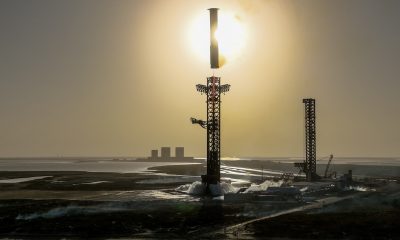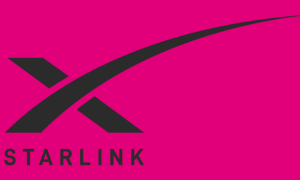News
SpaceX prioritizes ISS resupply mission over EchoStar expendable Falcon 9 launch mission
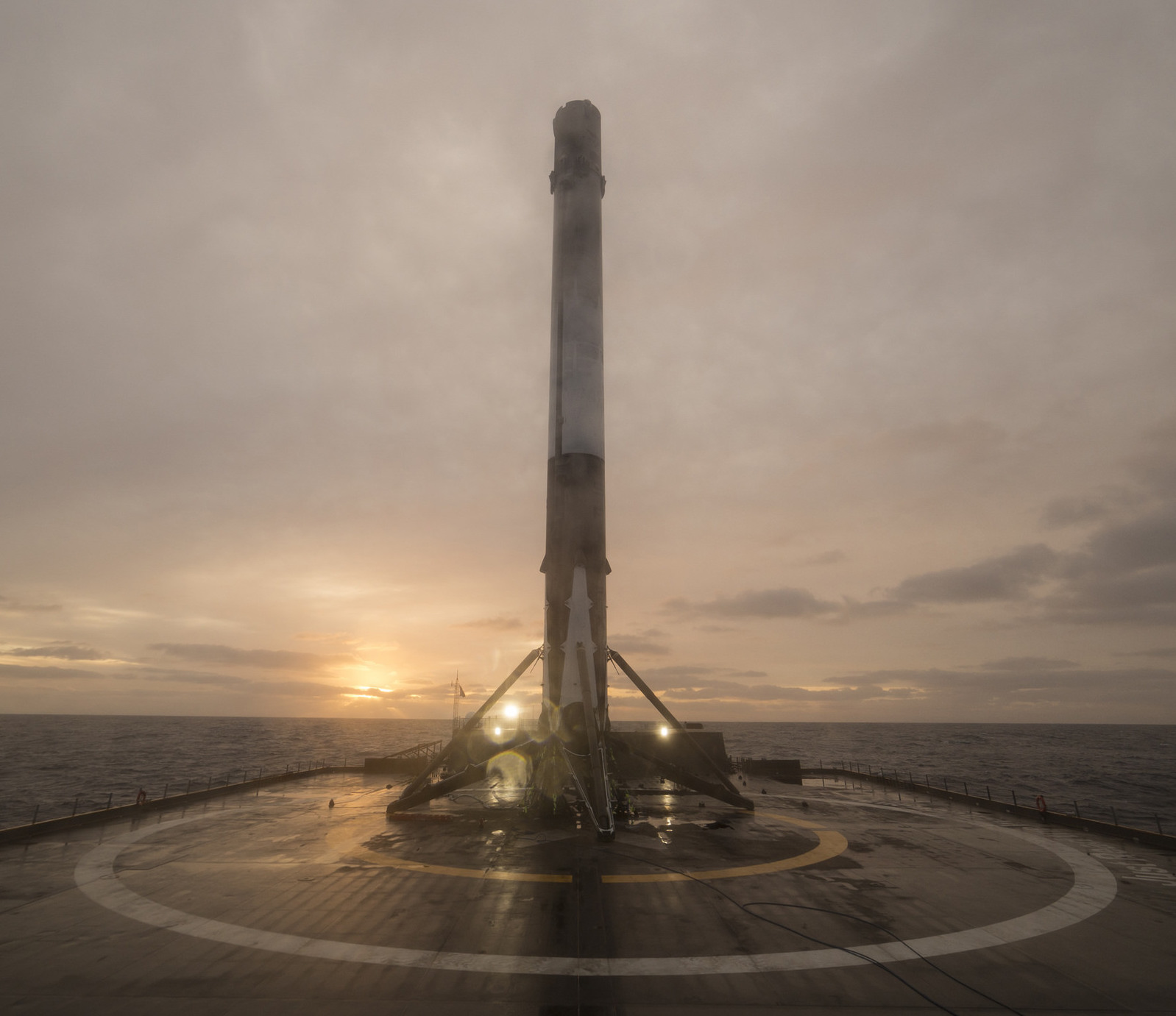
SpaceX and NASA have announced a change in the sequence of missions scheduled for early this year. Originally, the launch of the EchoStar 23 communications satellite was set to be the first flight from historic launch pad 39A since the end of the space shuttle program, but small delays in completing its renovation kept moving that date back. In the end, a resupply mission to the International Space Station (ISS) using the Dragon space capsule was deemed to have a higher priority.
Following reports that astronauts aboard the ISS report were running low on experiments to perform, officials from SpaceX and NASA conferred and agreed to send up the Dragon capsule ahead of the less critical communications satellite mission. SpaceX issued a press release after the scheduling change.
“SpaceX announced today that its first launch from Launch Complex 39A (LC-39A) at NASA’s Kennedy Space Center in Florida will be the CRS-10 mission to the International Space Station. The launch is currently targeted for no earlier than mid-February. Following the launch of CRS-10, first commercial mission from 39A is currently slated to be EchoStar XXIII. This schedule change allows time for additional testing of ground systems ahead of the CRS-10 mission. The launch vehicles, Dragon, and the EchoStar satellite are all healthy and prepared for launch.”
The Falcon 9 rockets that will be used for both missions are already on site at Kennedy Space Center. The rocket for the CRS-10 mission is scheduled to be recovered while the one that will be used for the EchoStar 23 mission is considered expendable.
The CRS-10 launch will be the first to use the Throwback system for the Transporter/Erector/Launcher. Normally, the TEL is withdrawn 3 minutes prior to launch, but in the new Throwback procedure, the TEL moves rapidly away from the rocket at the T-0 mark. A static test fire of the Falcon 9 rocket that will be used for the CRS-10 mission is scheduled to take place about 5 days prior to the launch date of February 14/15, according to NASA Spaceflight.
Elon Musk
Tesla Model 3 wins ‘most economical EV to own’ title in new study
The Tesla Model 3 has captured another crown in a recent study showing the most cost-effective EVs
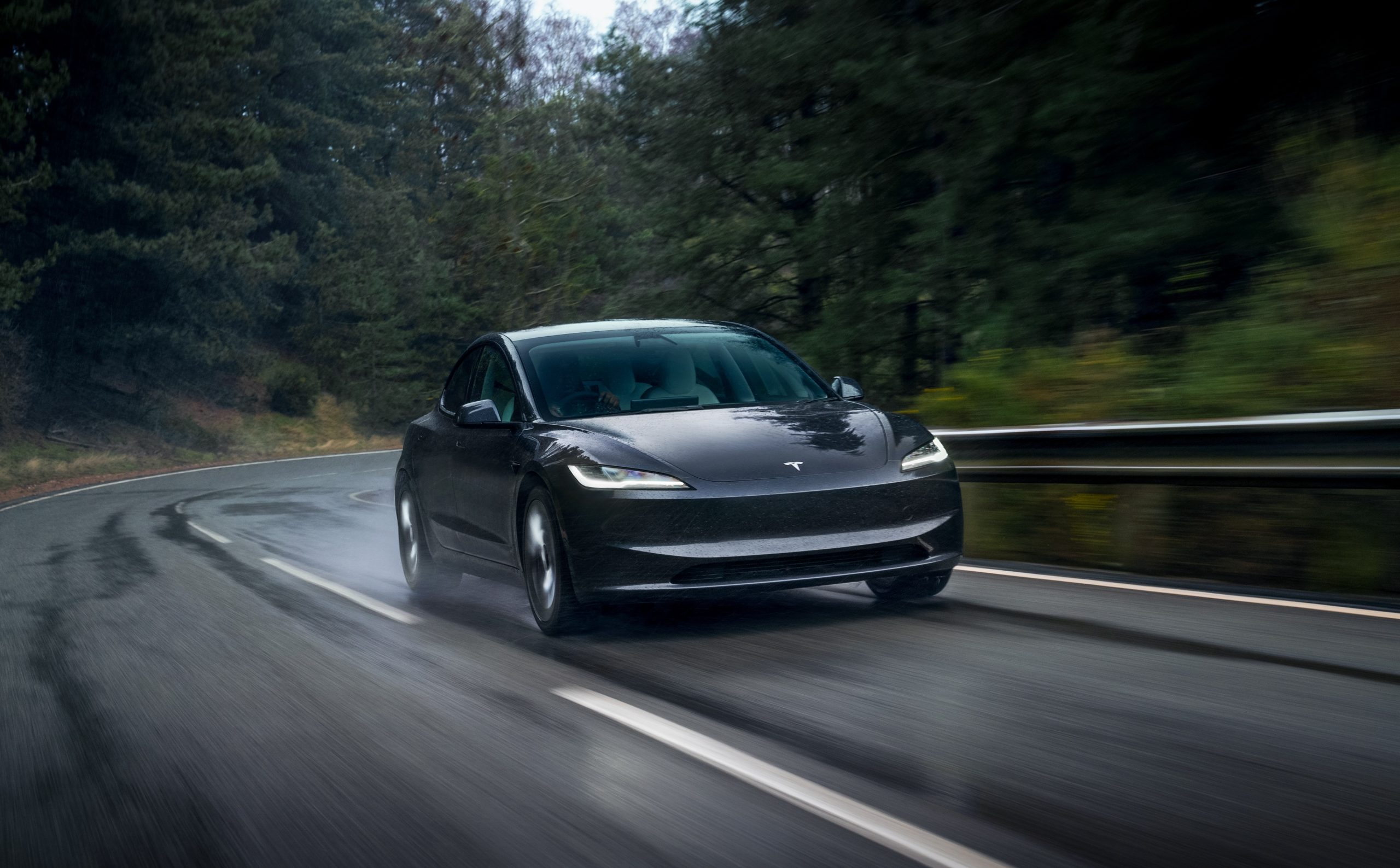
The Tesla Model 3 recently captured the title of “most economical electric vehicle to own” in a new study performed by research firm Zutobi.
Perhaps one of the biggest and most popular reasons people are switching to EVs is the cost savings. Combining home charging, lower maintenance costs, and tax credits has all enabled consumers to consider EVs as a way to save money on their daily drivers. However, there are some EVs that are more efficient and cost-effective than others.
Tesla police fleet saves nearly half a million in upkeep and repair costs
Zutobi‘s new study shows that EV cost-effectiveness comes at different levels. For example, some cars are simply better than others on a cost-per-mile basis. The study used a simple process to determine which EVs are more cost-effective than others by showing how much it would cost to drive 100 miles.
National averages for energy rates have been used to calculate the cost as they widely vary from state to state.
The Rear-Wheel Drive Tesla Model 3 was listed as the most economical vehicle in the study:
“The standard Tesla Model 3 is the most economical electric vehicle to drive in 2025. With a usable battery capacity of 57.5 kWh and a real-world range of 260 miles, it costs just $3.60 to drive 100 miles. That translates to an impressive 2,781 miles per $100 of electricity—making it the most efficient choice for EV owners nationwide.”
It had an estimated cost of just $3.60 to drive 100 miles.
The Tesla Model 3 Long Range All-Wheel Drive was second, the study showed:
“Next is the Long Range version of the Model 3, which offers extended range and dual-motor all-wheel drive. With a larger 75 kWh battery and 325 miles of range, the cost to drive 100 miles is slightly higher at $3.75, still equating to a strong 2,665 miles per $100.”
This version of the Model 3 had a price of just $3.75 to drive 100 miles.
In third, the BMW i4 eDrive35 surprised us with a cost of just $4.12 to drive 100 miles:
“Rounding out the top three is the BMW i4 eDrive35, with a 67.1 kWh battery and a real-world range of 265 miles. Drivers can expect to pay $4.12 per 100 miles, which still allows for 2,429 miles per $100—a solid choice for those seeking luxury and efficiency.”
Several other Teslas made the list as well. The Model 3 Performance ($4.34 per 100 miles) was sixth and tied with the Volkswagen ID.3 Pure, the Tesla Model S Long Range ($4.35 per 100 miles) was 8th, and the Tesla Model Y Long Range was ninth ($4.36 per 100 miles).
Elon Musk
Tesla offers new discounts on Cybertruck inventory
Tesla is knocking up to $10,550 off of Cybertruck units in inventory
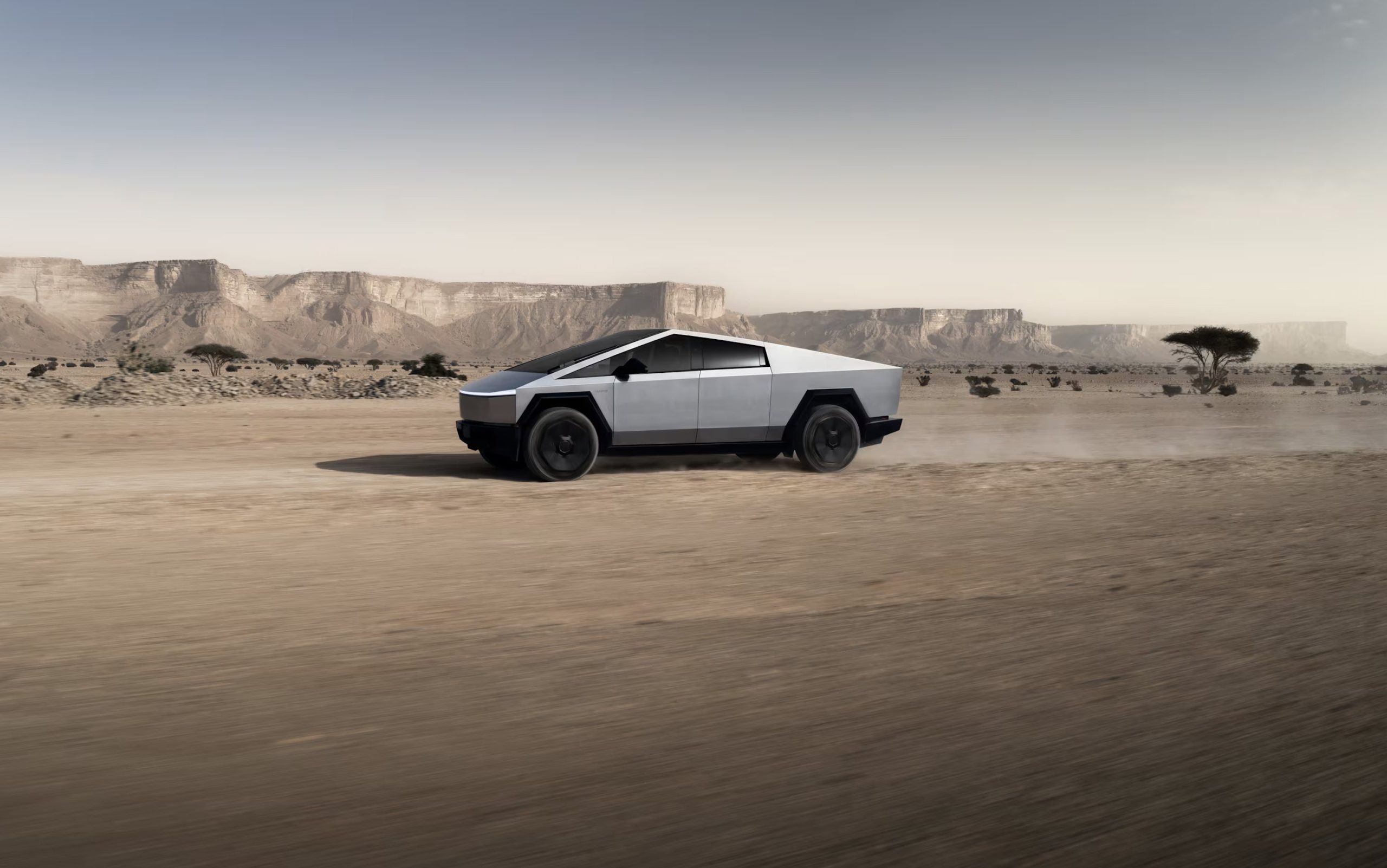
Tesla is offering new discounts on Cybertruck units in inventory, giving customers a chance to snag a unit of the all-electric pickup for a slight reduction in price. Some are even coming with additional perks to make the offer even sweeter.
Tesla is now offering up to $10,550 off of Cybertruck inventory units across the United States. This is up from previous discounts of $6,000 on inventory Cybertrucks, and it will apply to 2024 model year vehicles.
Non-Foundation Series Cybertrucks are getting up to $10,550 off of their original prices, while Foundation Series pickups are getting up to $10,000 off. These are great deals and should help clear out some inventory from last year’s models.
Additionally, Foundation Series Cybertrucks purchased will receive free lifetime Supercharging, another great addition to make the deal even better than the $10,000 off.
NEWS: Tesla is now offering new Cybertruck inventory discounts in the U.S. of up to $10,550 off, up from $6,000 before.
• Non-Foundation Series (2024 model year): Up to $10,550 off
• Foundation Series (2024 model year): Up to $10,000 offAnyone who purchases a new Cybertruck… pic.twitter.com/8oGT6R2DDp
— Sawyer Merritt (@SawyerMerritt) April 17, 2025
The move comes as Tesla is still ramping Cybertruck production and is hoping to stimulate some additional demand for the vehicle, as it is holding on to these units. These are not Demo Drive units that have been driven by any number of people who were looking for a quick test drive.
Tesla launched a new configuration of the Cybertruck just last week with the Long Range Rear-Wheel-Drive, which undercuts the All-Wheel-Drive option by roughly $10,000.
Tesla released the Cybertruck RWD to make the AWD look like a deal
However, Tesla stripped the vehicle of several features, including Air Suspension, a tonneau cover, and interior features. For example, the Rear-Wheel-Drive trim of the Cybertruck has textile seats and no rear touchscreen, two things that come standard in the other trim levels.
The Cybertruck is the best-selling electric pickup in the United States, outperforming formidable competitors like the Ford F-150 Lightning and Chevrolet Silverado EV. However, Tesla is still working to get the vehicle to a lower price point that makes it more accessible to consumers, as its current pricing is a far cry from what was intended.
News
Rivian grapples with challenges from Trump’s auto tariffs
Rivian CEO warns Trump’s auto tariffs will squeeze the EV industry. Scaringe says auto tariffs threaten rising costs & slower production.

Rivian is grappling with challenges arising from President Trump’s auto tariff. Rivian CEO RJ Scaringe recently enumerated the difficulties automakers face and elaborated on the impact of Trump’s auto tariffs on the electric vehicle (EV) industry.
President Trump’s auto tariffs were announced last month, imposing 25% tariffs on imported vehicles effective April 3, 2025, and levies on auto parts starting in May.
Scaringe talked a bit about the complexity of the automotive supply chain with Fox Business. Rivian’s R1T pickup, R1S SUV, and commercial electric van are manufactured at its Normal, Illinois plant. Scaringe boasted that Rivian has a “very U.S.-centric supply chain.
Yet, the complex global supply chain poses hurdles for U.S. automakers who want to comply with Trump’s auto tariffs.
“One of the things with automotive is the supply chain is so complex, where we have hundreds of suppliers providing parts from, say, a headlight or a tow hook or tires or the structure under the skin here that are coming from not only a set of suppliers that supply to us, but those suppliers have suppliers, and then in turn, those suppliers have suppliers, so there’s tier two, tier three,” Scaringe explained.
China’s restrictions on rare-earth material exports–in response to Trump’s 145% tariff on Chinese imports–further complicate matters. Rare-earth materials are critical for EV motor magnets and batteries. Nearly all rare-earth materials are processed exclusively in China.
“The trade restrictions and what we’re seeing in terms of rare earth metals out of China, that’s a real challenge for electric vehicles,” Scaringe noted.
Batteries comprise up to 40% of an EV’s cost. Goldman Sachs noted that battery costs have been falling in recent years. The investment bank estimated EV battery costs would drop by 50% between 2023 and 2026. However, China’s decision to restrict rare-earth materials may increase battery costs.
Wedbush analyst Dan Ives called the tariffs a source of “pure chaos” for the auto industry, stating, “A U.S. car made entirely with U.S. parts is a fictional tale.”
Ives warned automakers could increase car prices between $5,000 to $10,000. Wedbush predicts a potential change in Trump’s auto parts tariffs could ease disruptions.
For Rivian, starting prices near $70,000 limit room for cost increases without impacting sales. As trade tensions escalate, Rivian faces rising costs and potential production slowdowns, threatening its growth in a shifting EV landscape.
-

 News2 weeks ago
News2 weeks agoTesla rolls out new, more affordable trim of the Model Y Juniper in U.S.
-

 Elon Musk2 weeks ago
Elon Musk2 weeks agoTesla Germany reports 4,935 units sold in Q1 2025
-

 News2 weeks ago
News2 weeks agoTesla expands Early Access Program (EAP) for early Full Self-Driving testing
-

 News2 weeks ago
News2 weeks agoTesla celebrates key milestone for 4680 battery cell production cost
-

 News2 weeks ago
News2 weeks agoElon Musk will continue as DOGE adviser: VP Vance
-

 Elon Musk2 weeks ago
Elon Musk2 weeks agoNeuralink’s Patient Registry is now open globally
-

 Investor's Corner2 weeks ago
Investor's Corner2 weeks ago“Nothing Magnificent about Tesla (TSLA),” claims Jim Cramer
-

 Elon Musk2 weeks ago
Elon Musk2 weeks agoThis Tesla vandal caused thousands in damage, but she was let off the hook: Here’s why



